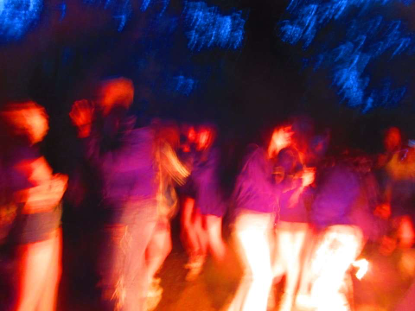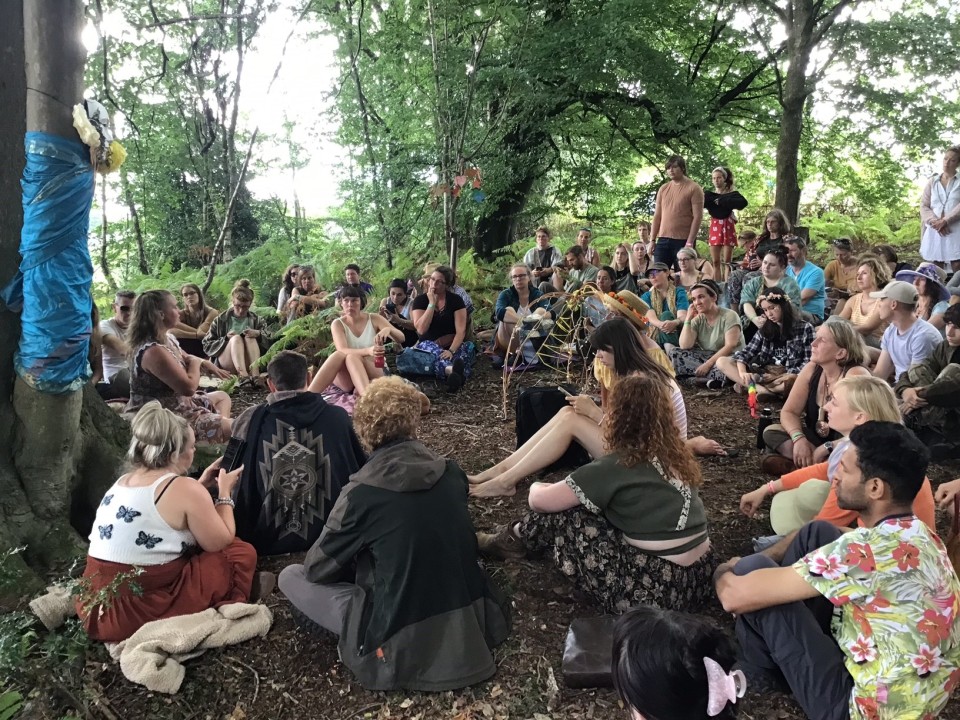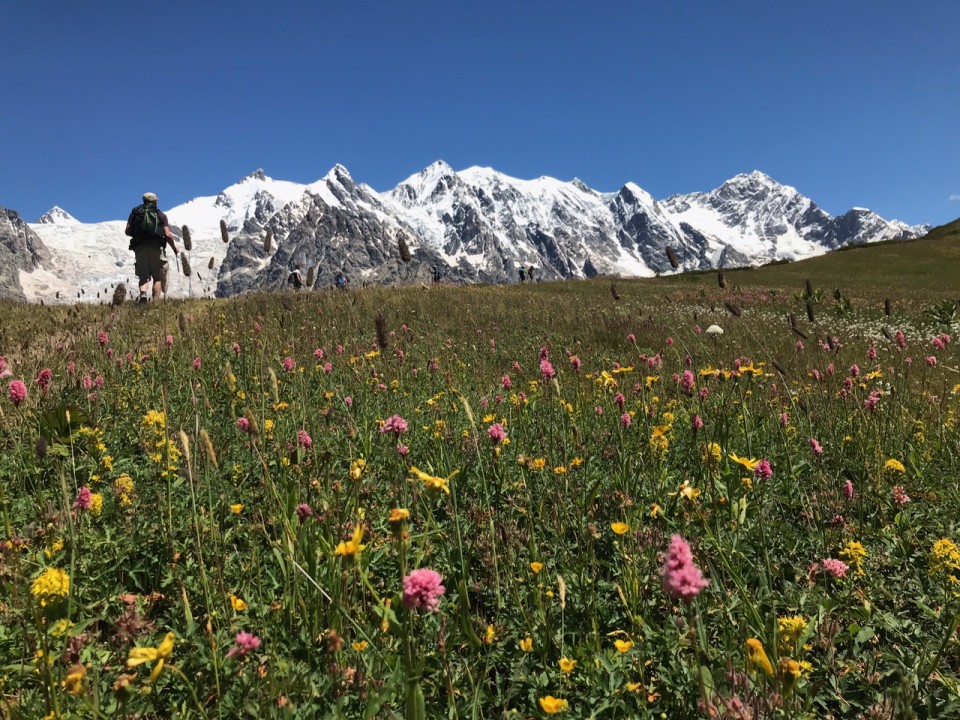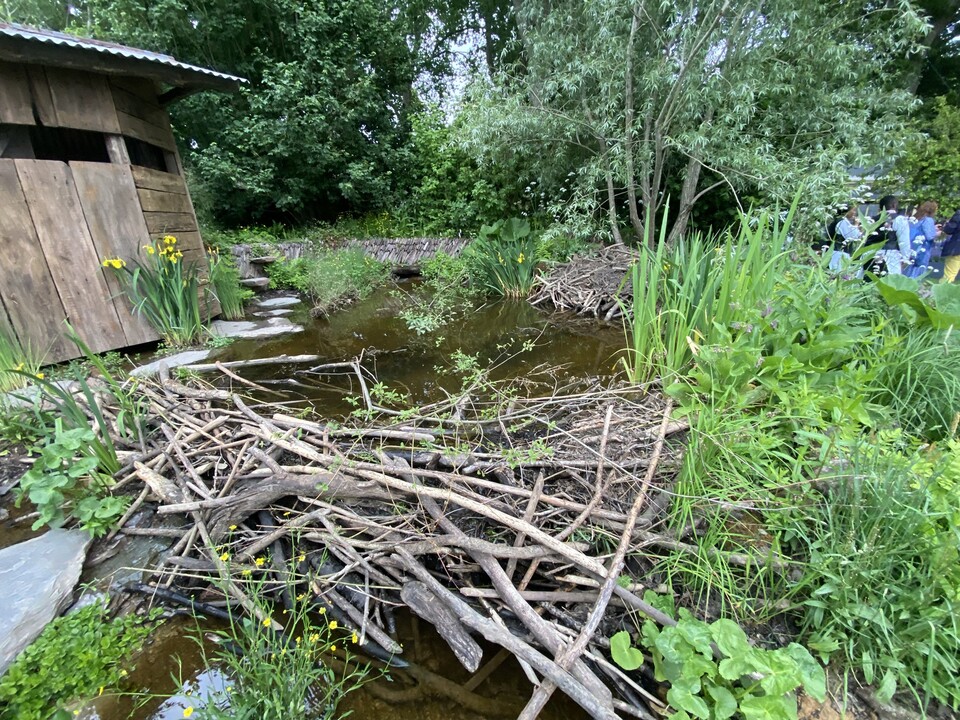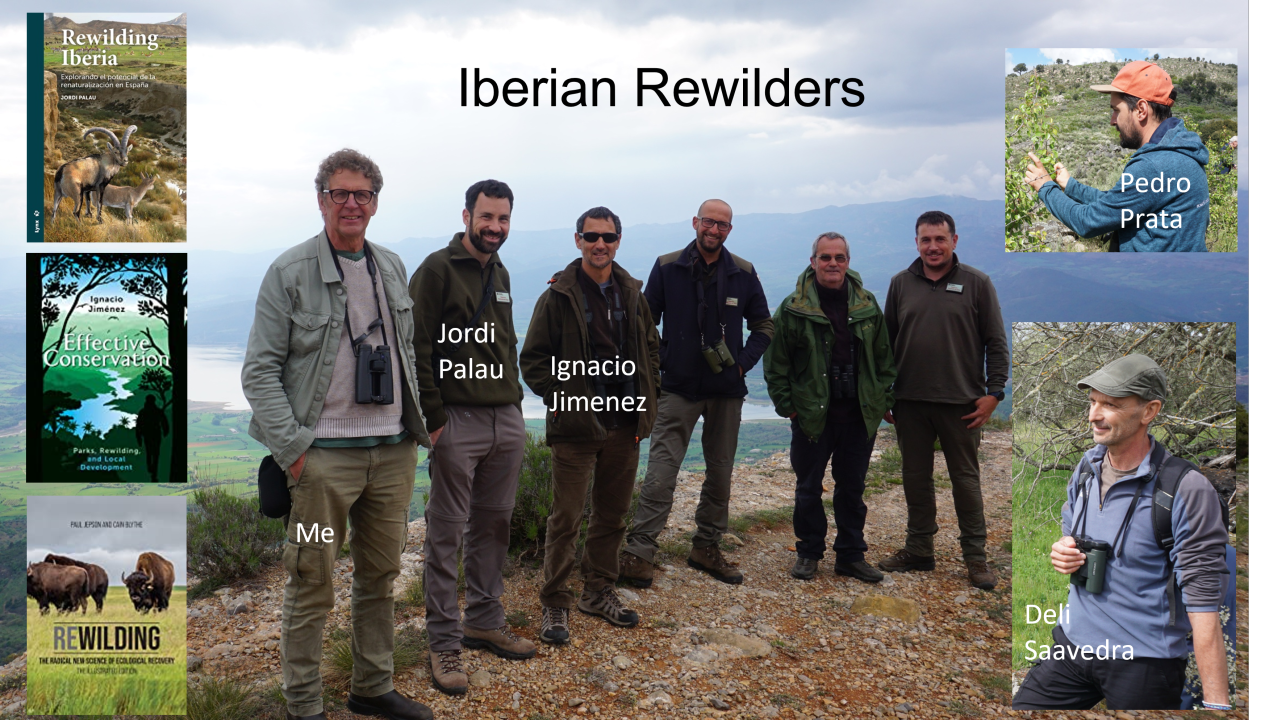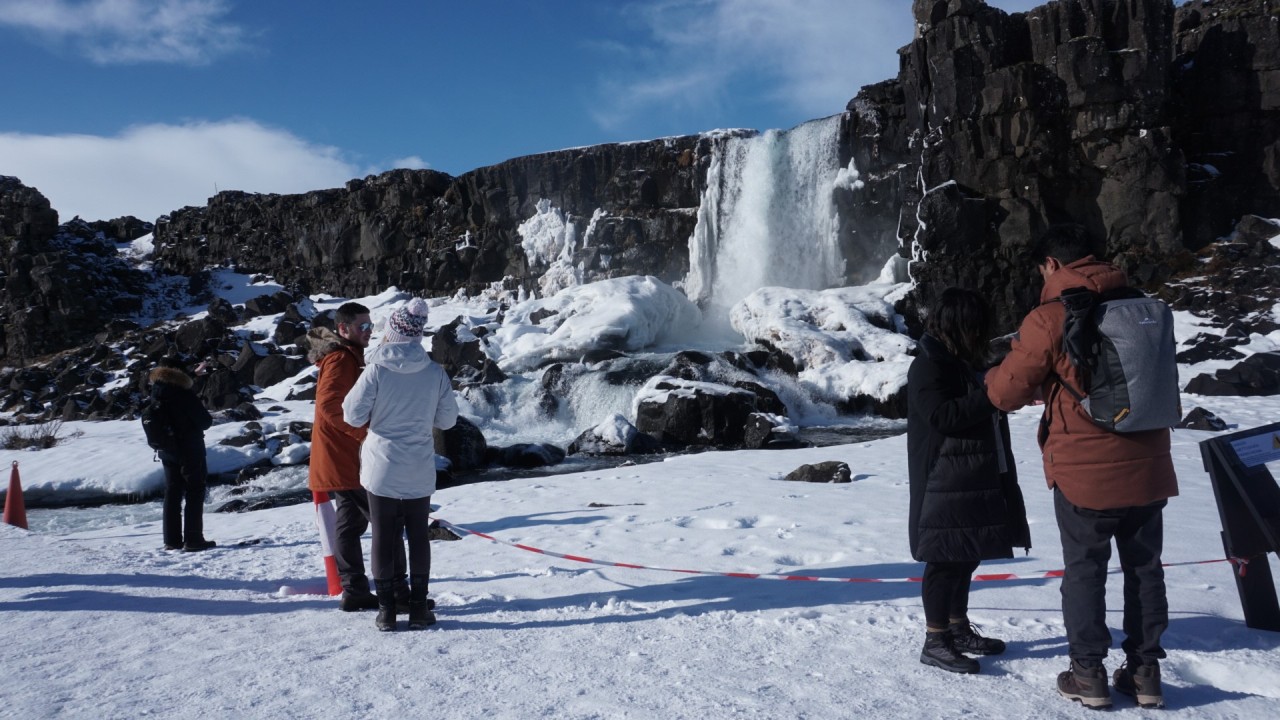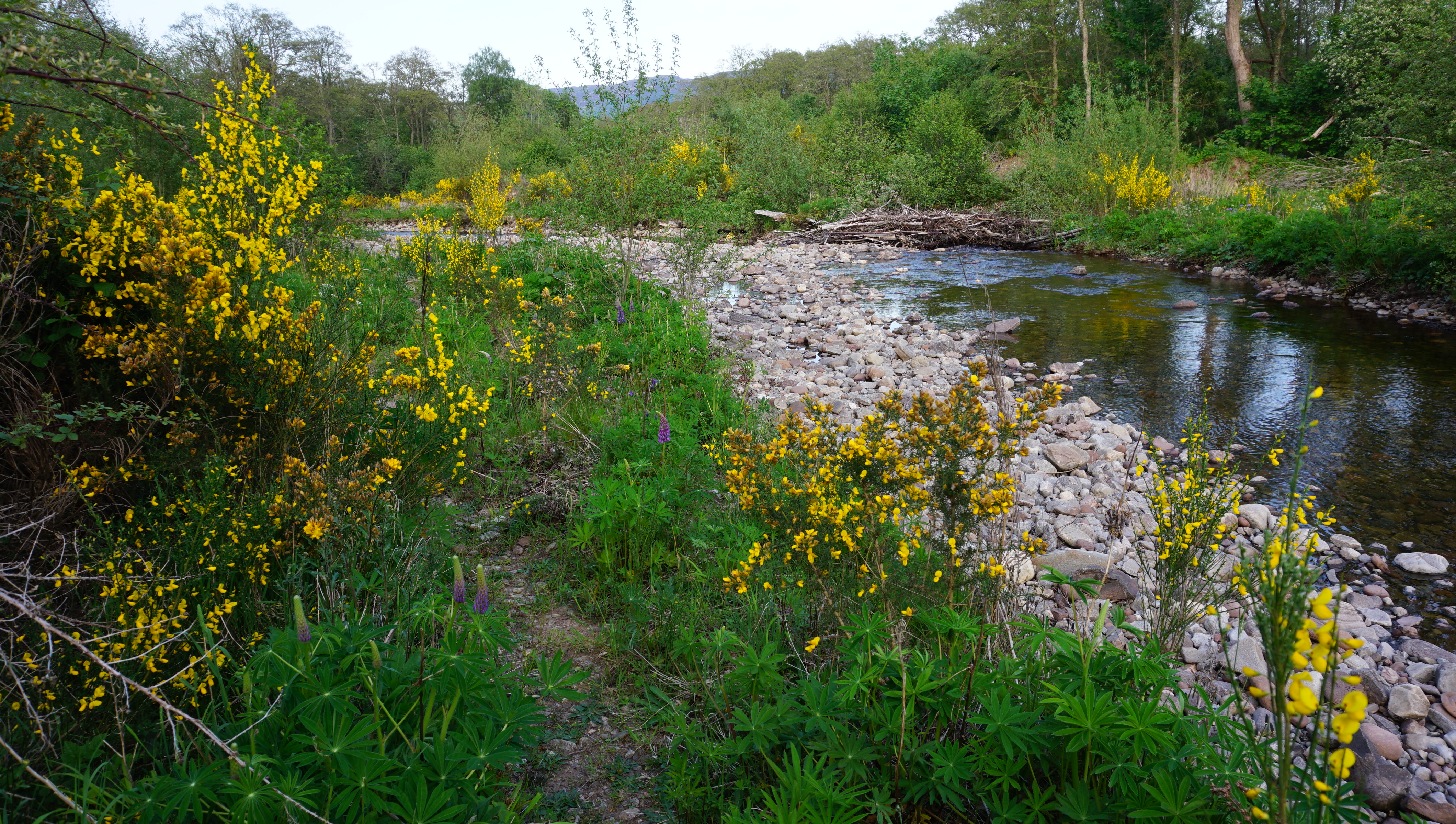On 20th March 2020 over half-a-million 16-year olds were sent home, informed that the exams they had been working towards were cancelled, and expected to occupy themselves unsupported through a lockdown until the autumn.
My daughter was one of the luckier ones. As lockdown eased and a glorious spring moved into summer she was able to hangout with groups of friends along Oxford’s beautiful river corridor.
Port meadow – a big open common with wonderful river swimming – became the place where teenagers from across Oxford congregated and got to know each other.
However, with the setting sun they shifted to a natural area much better suited for what they refer to as a ‘sesh’ – meaning a party which no one organises or is responsible for.
A natural night club
One Saturday, I asked my daughter to show me the site and explain its value to her and her teenage friends. She took me to a pocket of meadows and woodland that I hadn’t realised existed. Stepping over a chain with a sign “Forest school: this space is provided for children’s groups” we entered a small clearing with a ring of stump stools surrounding the remnants of a fire.
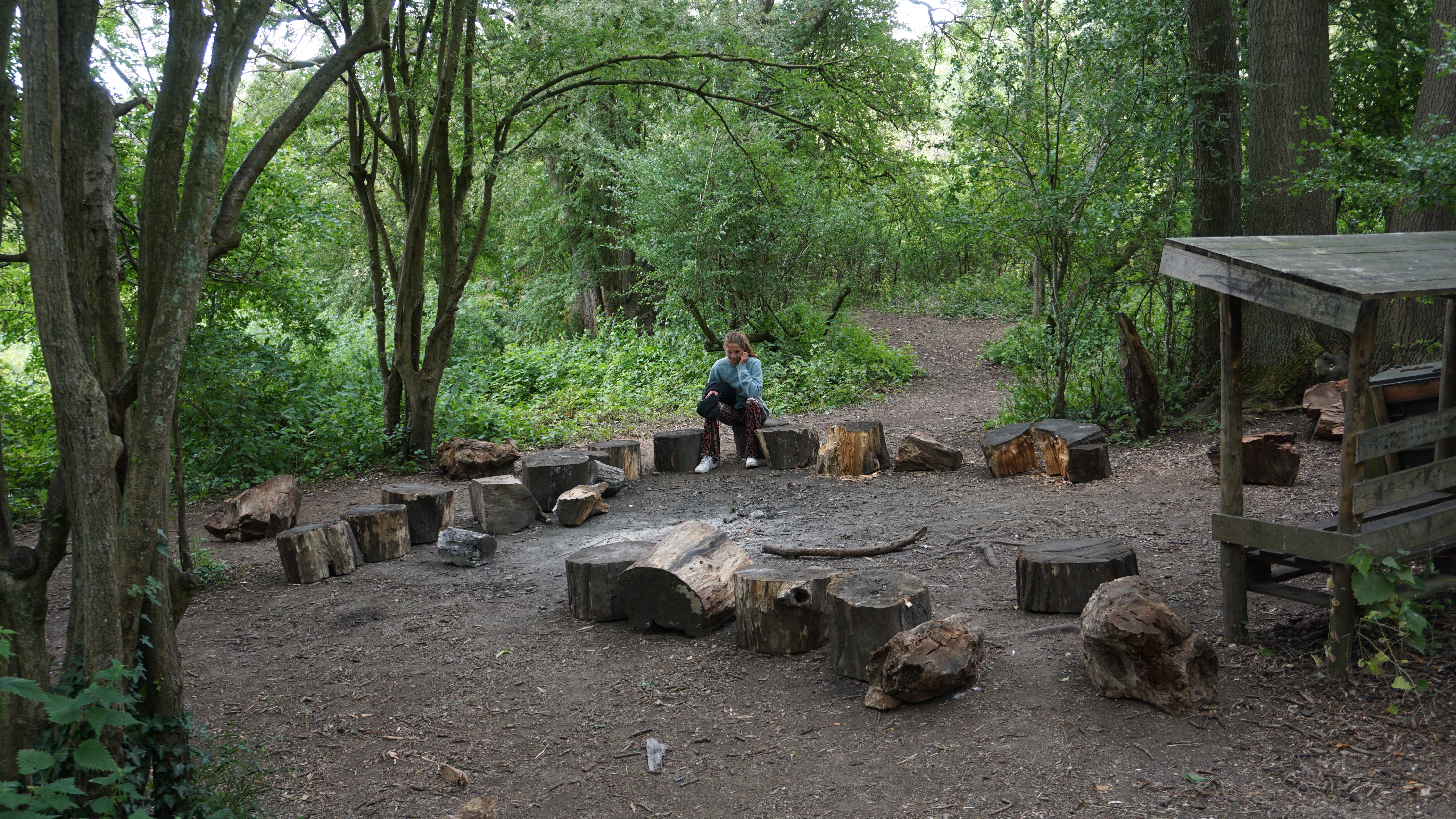
“This is the centre of our gatherings”, my daughter explained, “groups wander off but come back here at different times during the evening”. She went on to show me the woodland clearings where groups disperse to chat and listen to music and the meadows where some like to go for longer exploratory walks and discover places to sit and chill. Giggling, she commented that a big plus of this site compared with Port Meadow is “there are plenty of places to slip of for a wee.”
As we walked and talked, she explained how ‘being a teenager is a very insecure phase of life and having friends and being able to socialise is so important”. She told me how “Some nights have been really great’ and talked about the many happy memories she associates with the site
In her words ‘the great thing about being outdoors is there is no limit to numbers so gatherings can be open invite, making them a more casual get together where you can meet many new people.”
Neither child nor adult
She also told me how some nights adults arrive and tell them to clear off ‘We don’t know who they are’ commented my daughter, ‘maybe they are associated with the Forest School or people in the neighbourhood who think it is their role to play”. For her these adults were simply, “grumpy old people who we have to tolerate because they will always be believed and have the upper-hand”.
She reflected on how teenagers still “display child emotions… we have mood swings, like to have fun, do exciting things and be around people but with the more mature mind set of an adult.” and observed that society organises places for children and adults to socialise but teenagers ‘can’t walk into a pub and sit down’
Nature clearly offers a place where teenagers can congregate but my daughter thinks that adults see them as irresponsible and a threat when all they seek is a place where they can “hang out and socialise, meet people and explore and not be hassled.
She reflected that “Every adult remembers their teenagers years but none of them seem to want to support ours.”
Nature for teenagers
Oxford’s teenagers have found the perfect natural area to socialise and hang out. The mix of meadows and woodland and a forest school campfire site support small group intimacy within a larger gathering. The site is away from housing and access is via a high footbridge across a busy railway line which limits what can be carried in and means bikes can be locked to the railings.
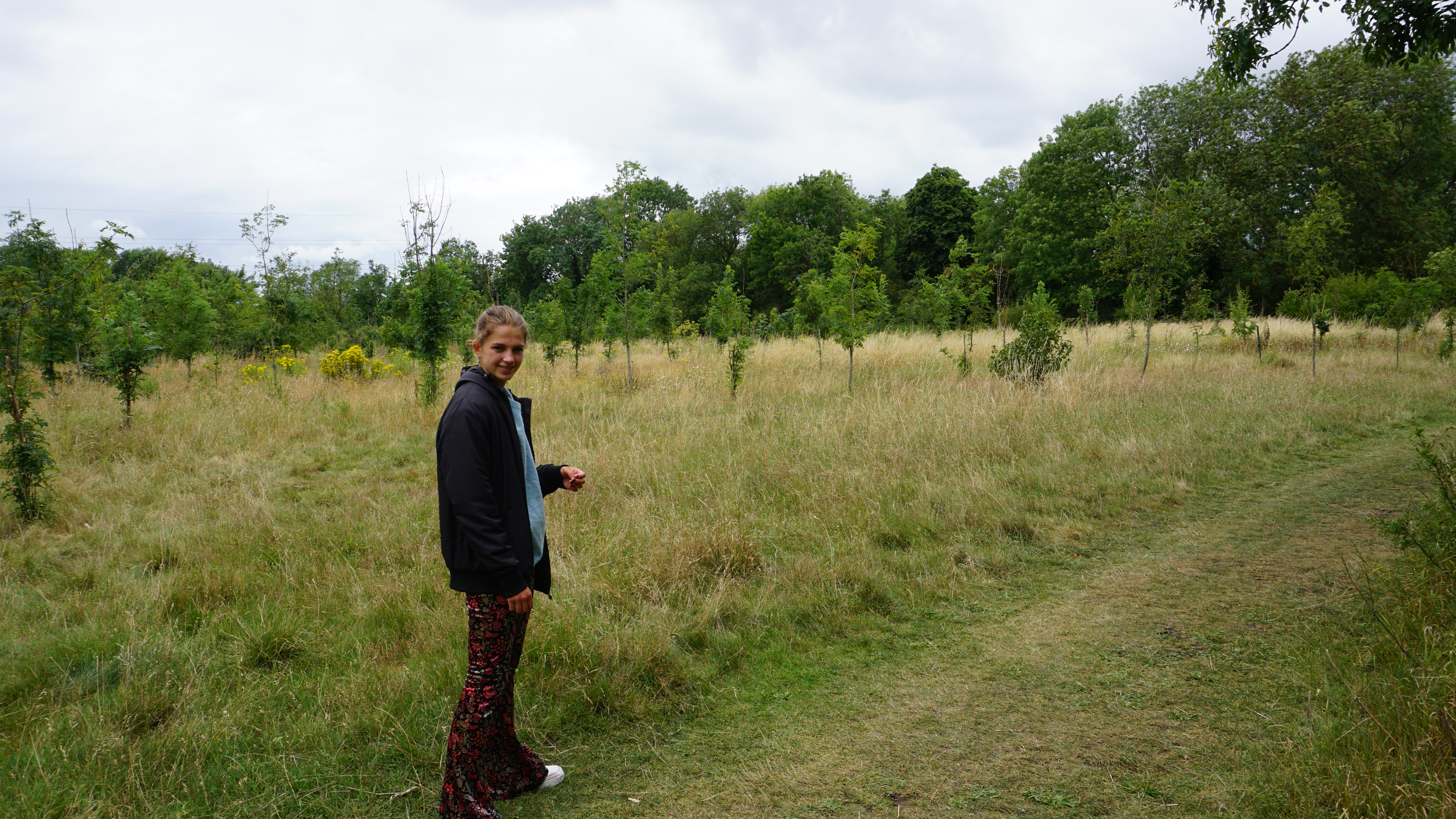
In my view these teenagers are taking forward the ethos of the Forest School movement. This child-centred learning approach emerged from the open-air culture of Scandinavia and aims to ‘create a safe, non-judgemental nurturing environment for learners to try stuff out and take risks’ that will help them “expand on their abilities by solving real-world issues, building self-belief and resilience.” In response to lock down, Oxford’s teenagers have turned to nature and found a forest school site where they are practicing this ethos in their own unsupervised, but hugely valuable way.
It is time that society provided more natural assets suited for teenage nocturnal gatherings. However, finding a way to govern these areas will require thought and creativity. On a subsequent weekend I met with one of the site managers. She understood the value of the site for teenagers but was angered and disappointed when one weekend their treasured building was broken into, windows smashed, and broken bottles left strewn all over the place. The following weekend they experienced an attempted break in and had to clear up five bin bags of bottles and rubbish from the forest school area. At that point she was not feeling charitable towards teenagers.
We explored solutions and agreed that formalising the use of the site for teenage gatherings would not work. It would run into all sorts of legal and insurance barriers and anyhow would not be something teenagers wanted. We agreed that litter bins were not the solution (something I learnt when a countryside warden in Manchester back in the 1980s) and discussed the merits of signs with the slogan, ‘”Take only memories, leave nothing but footprints’, which are widely deployed in other countries and enagaging teenagers in voluntary work on the site through schemes such as the Duke of Edinburgh Gold Award.
Supporting our teenagers will require a willingness to explore ‘light touch’ approaches to governing their use of natural assets.
Parenting teenagers in these times of Covid
I realise that the gatherings I have described may not follow government guidelines on social distancing and outdoor gatherings. However, like the majority of other parents in Oxford, we decided that stopping our teenager going out would be like caging a bird, cause our daughter emotional harm and jeopardise our family cohesion and overall adherence to the Covid rules.
My daughter saw the situation as follows “The government thinks we can stay in doors for months and not meet people. We can’t. Maybe it is a bit selfish of us because we are less susceptible to Covid but friends living with at risk family members don’t come out much.” As we know the risk of catching covid out of doors is lower and my daughter showed me how her teenage snapchat community was keeping tabs on whether friends or family members were exhibiting symptoms or being tested. None of them caught Covid but if they had they were well prepared for snapchat-speed news transmission and behavioural adjustment.
Next week my daughter will start sixth form at the end of what she considers her ‘best summer ever’ A year when ‘being couped up inside during lockdown enhanced [their] desire to get out” and where she ‘had a lot of fun an learnt to be more accepting and tolerant of others”.
I hope this insight into the lived-lives of a group of teenagers during this Covid summer will be helpful to teachers as they prepare to introduce social distancing measures in their schools. Looking to future, and the aspiration to ‘Build back better’ after Covid, I hope this article raises awareness of the value of high quality urban natural assets for teenage citizens.

